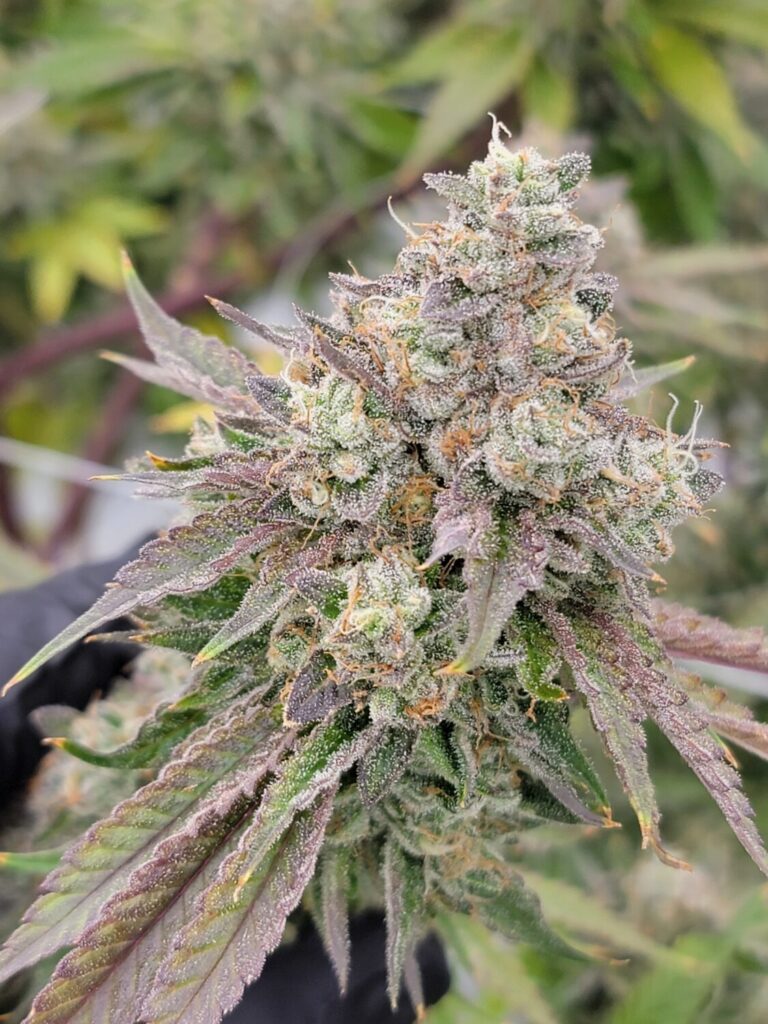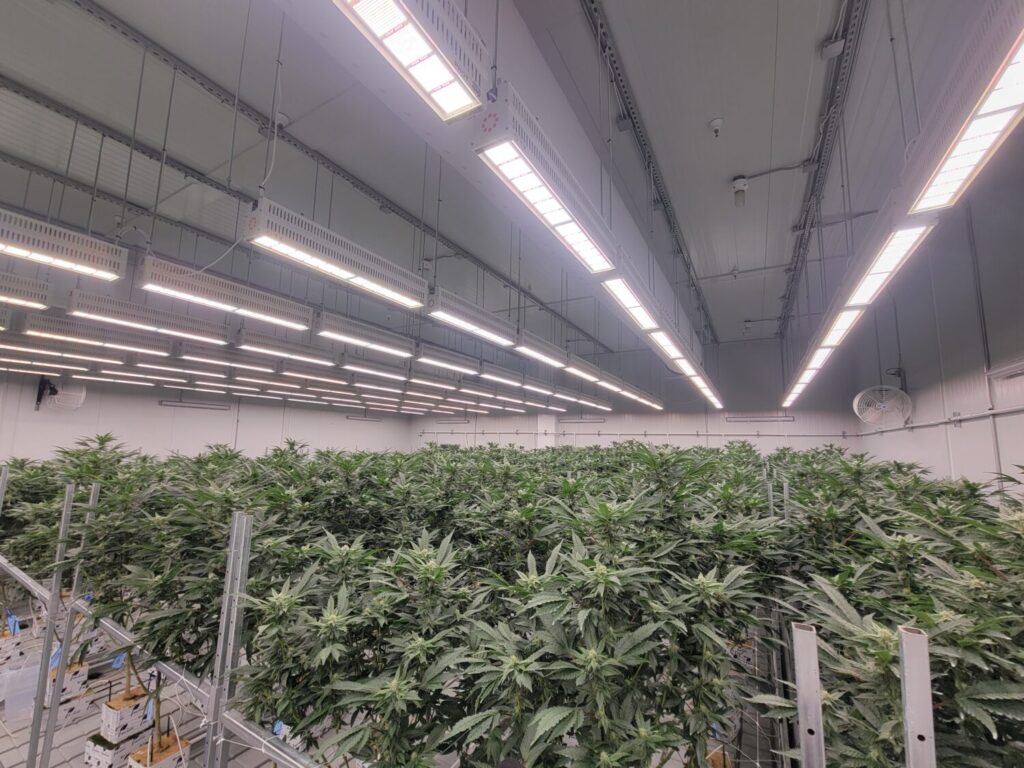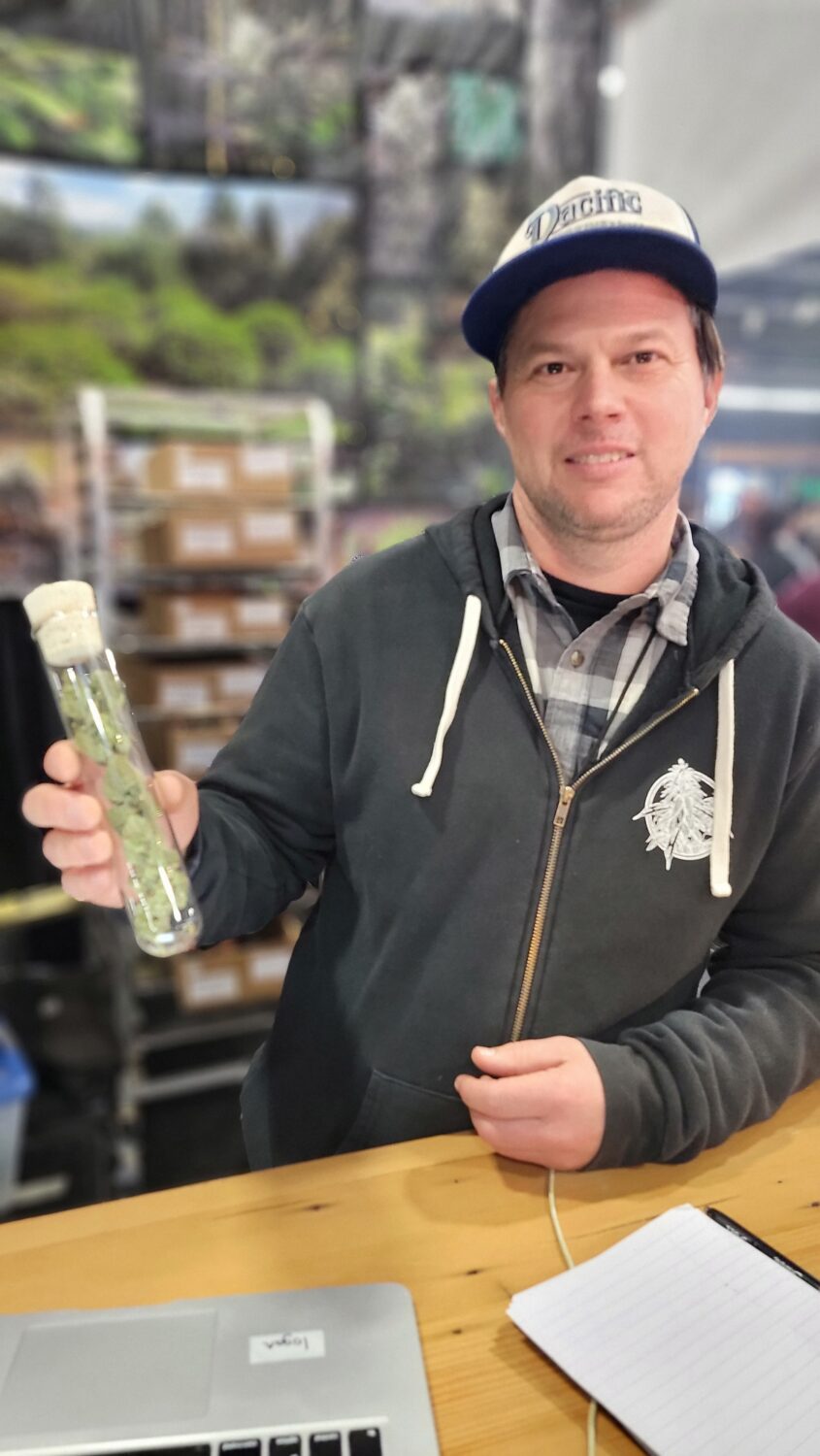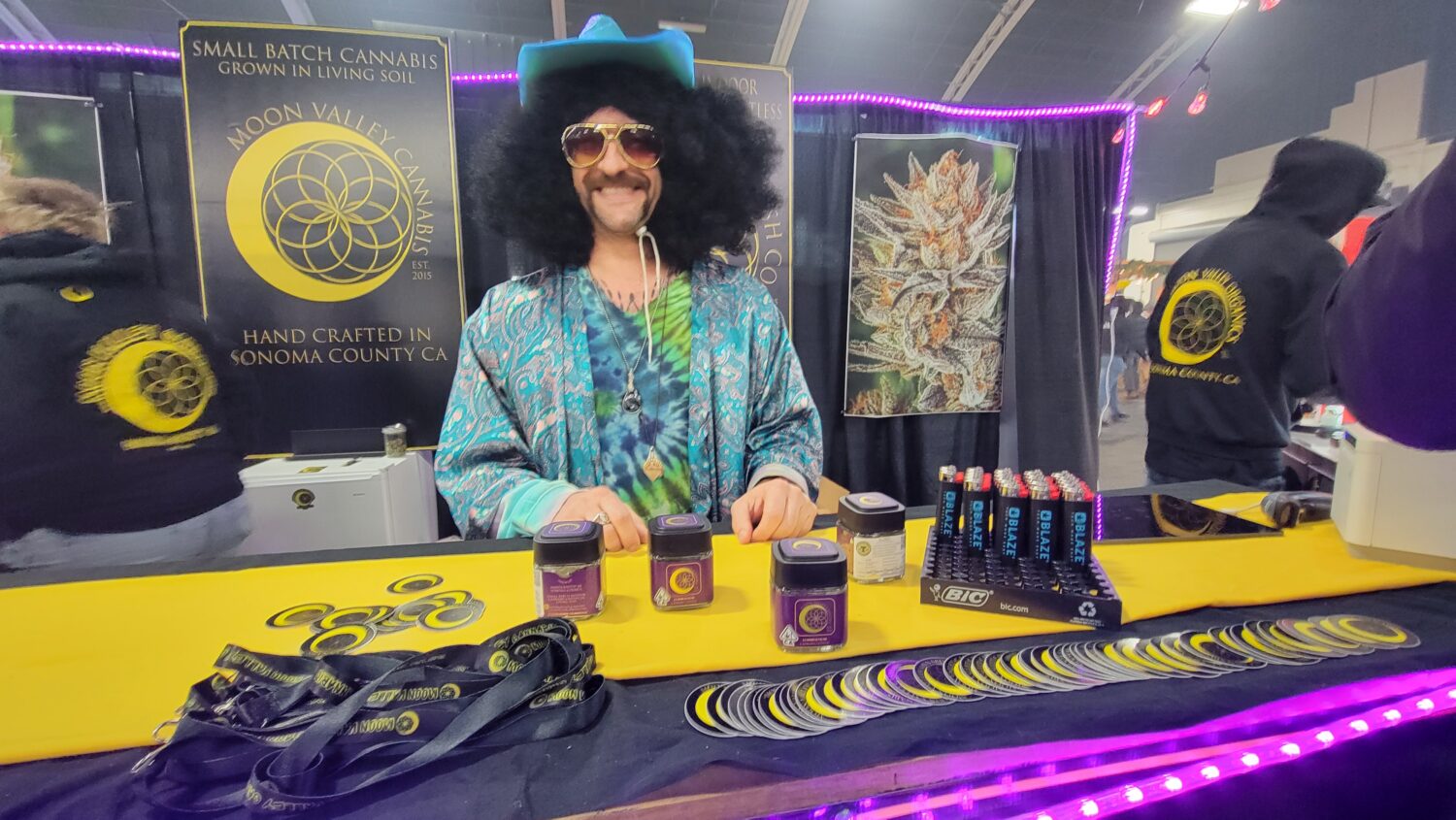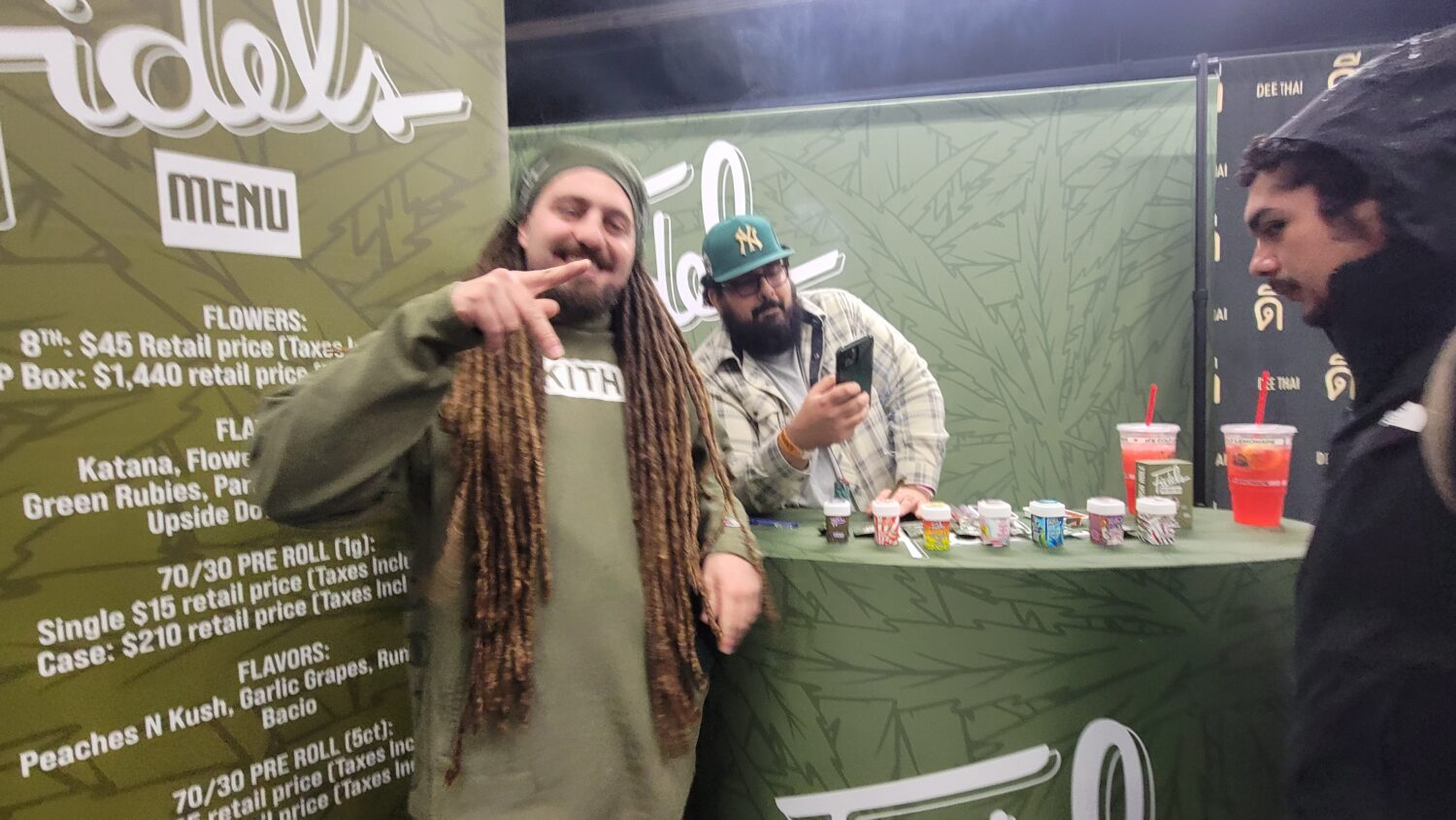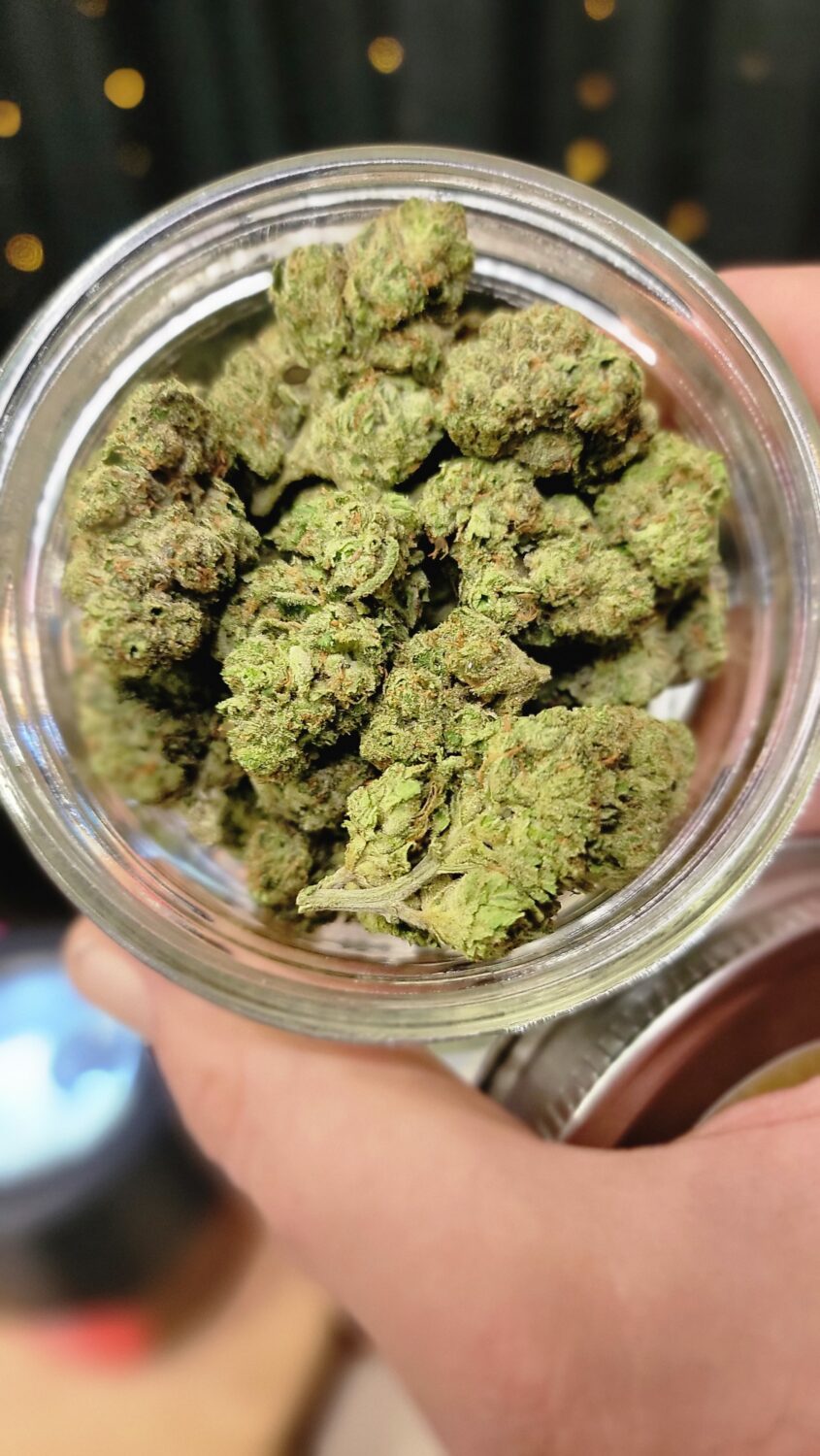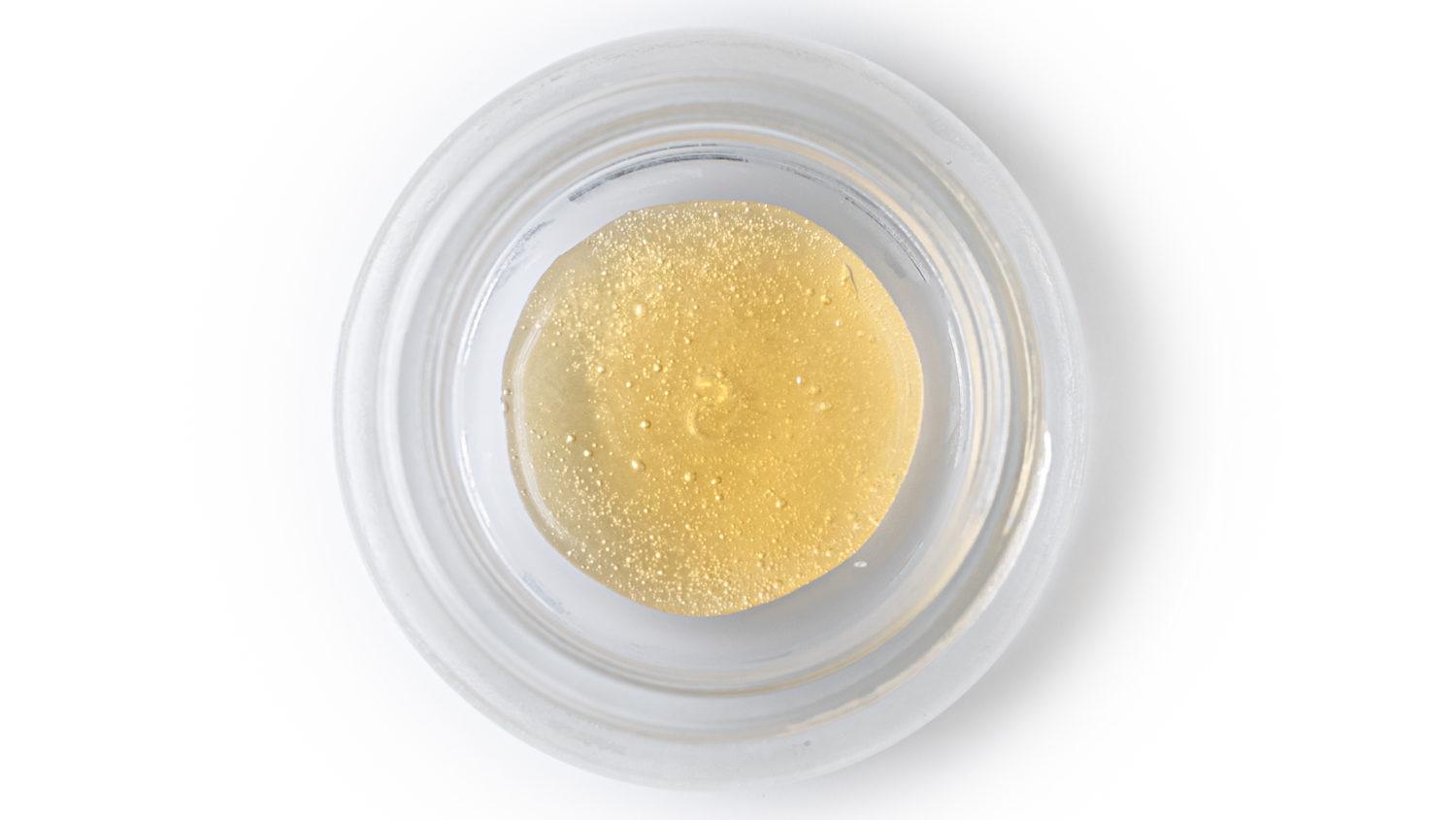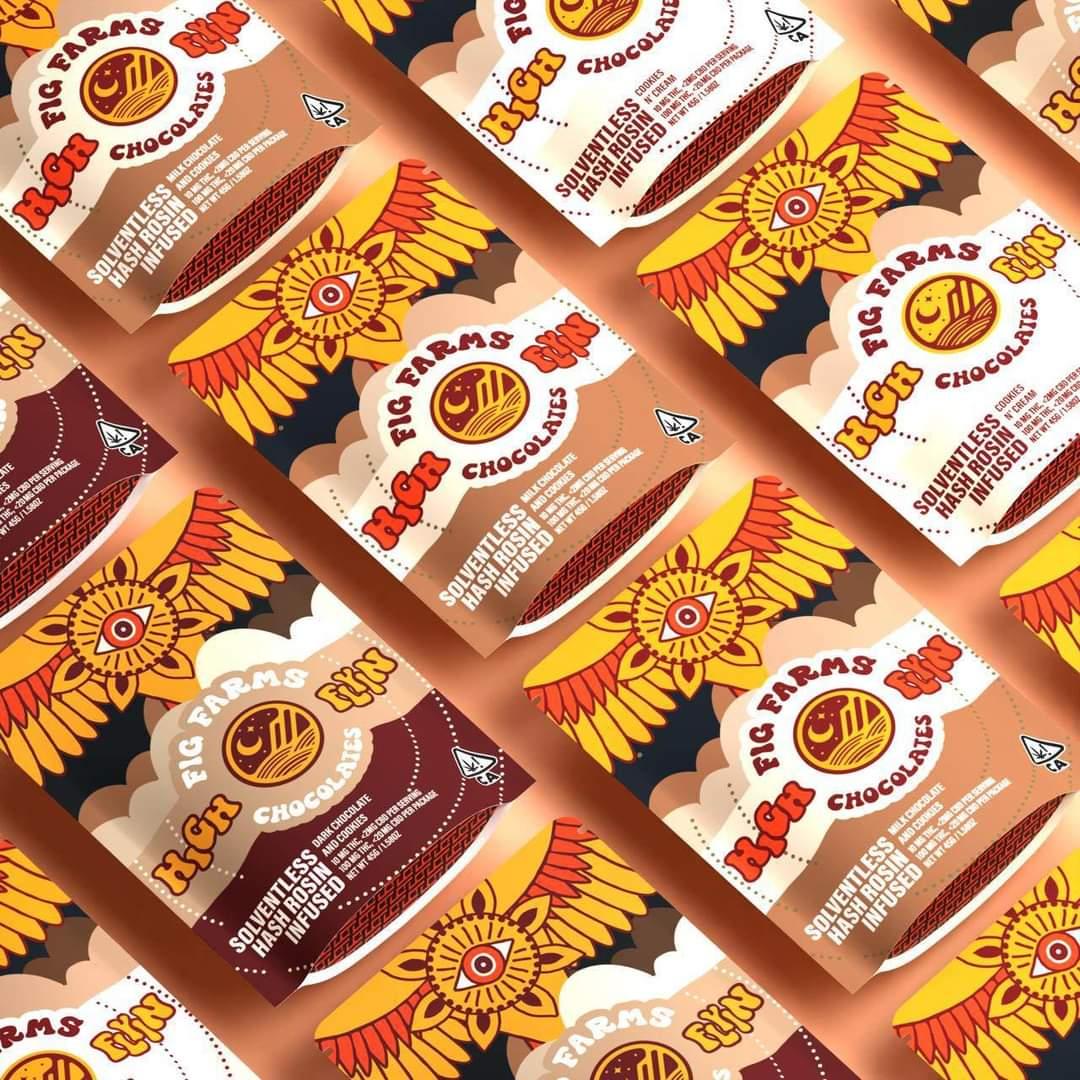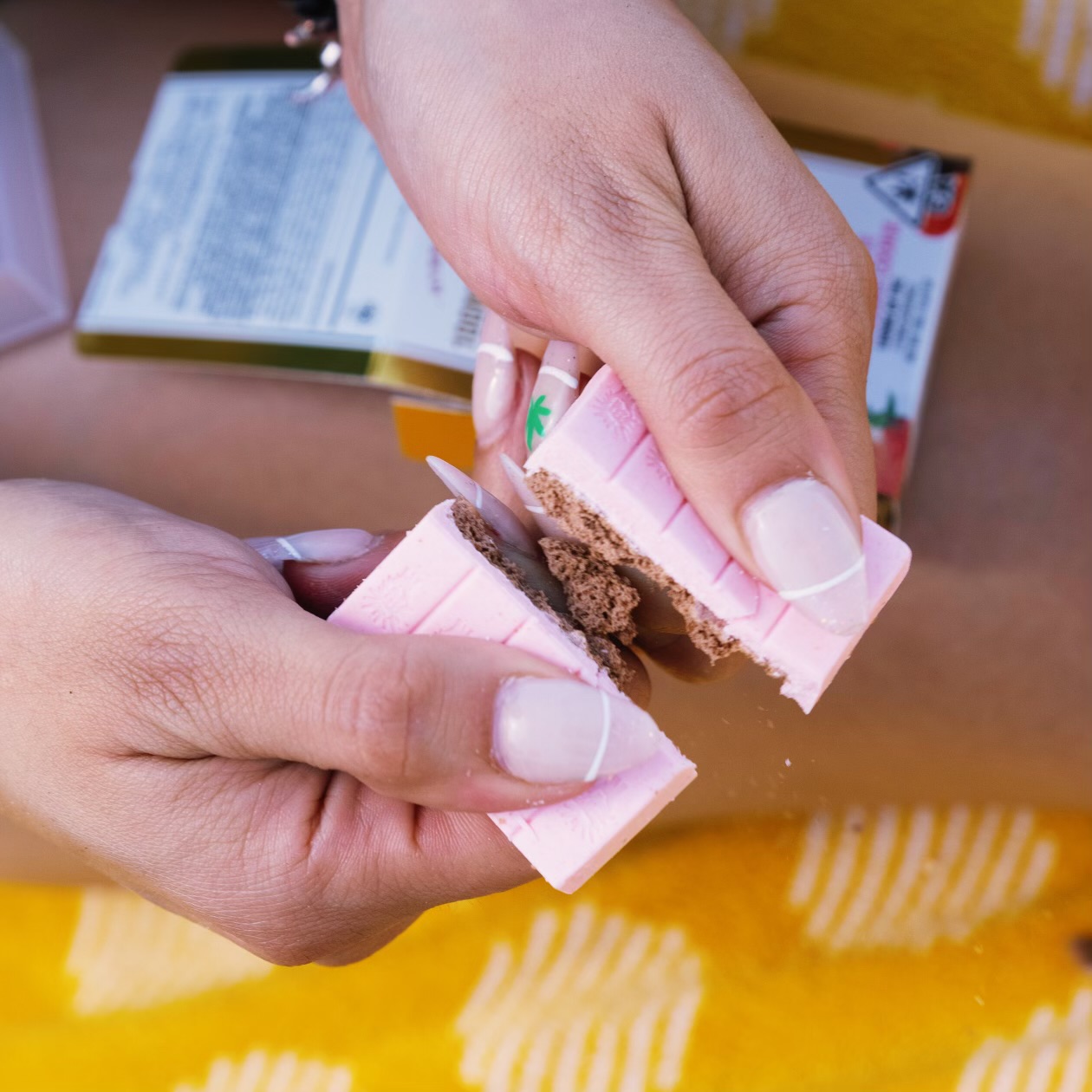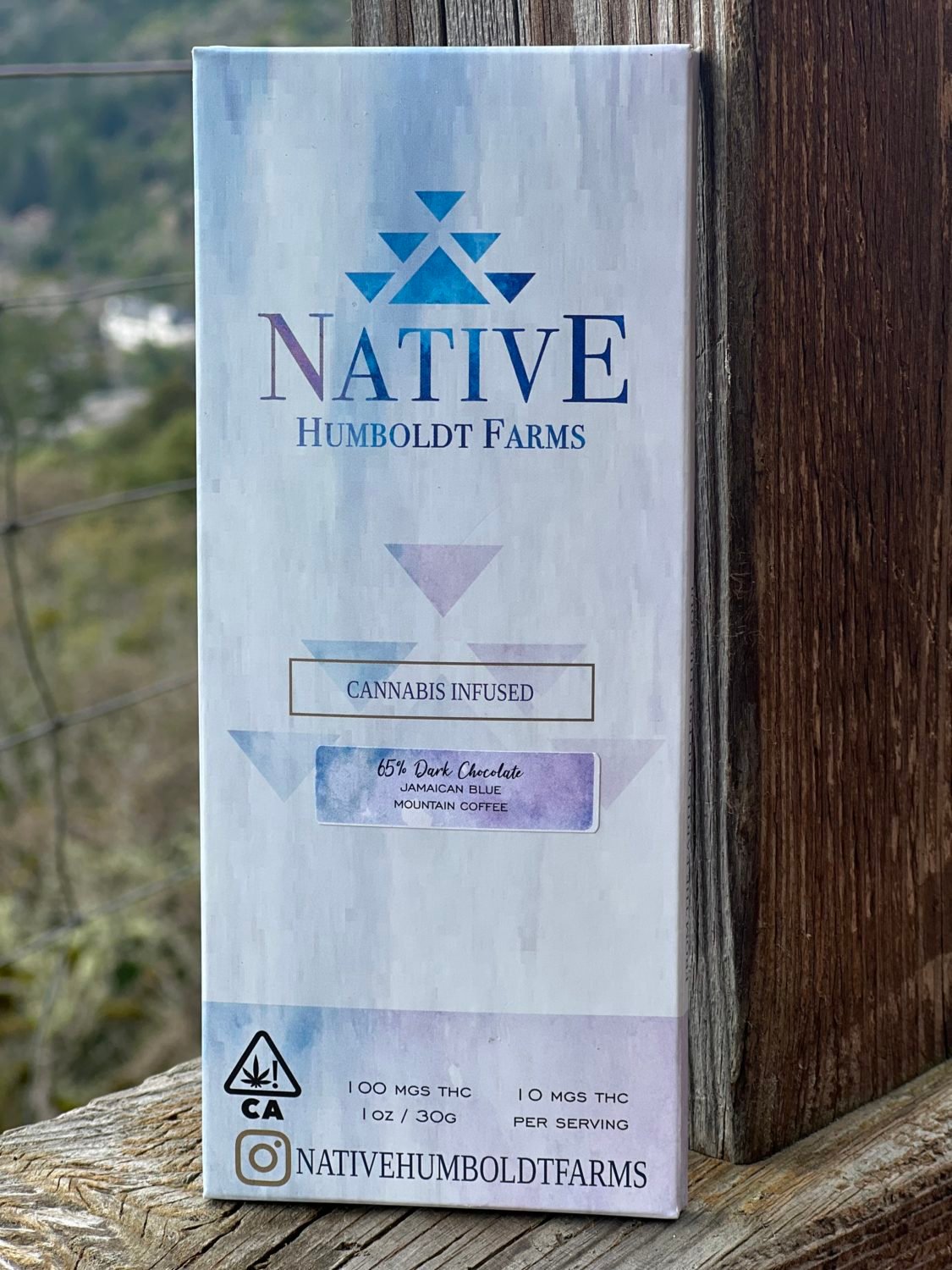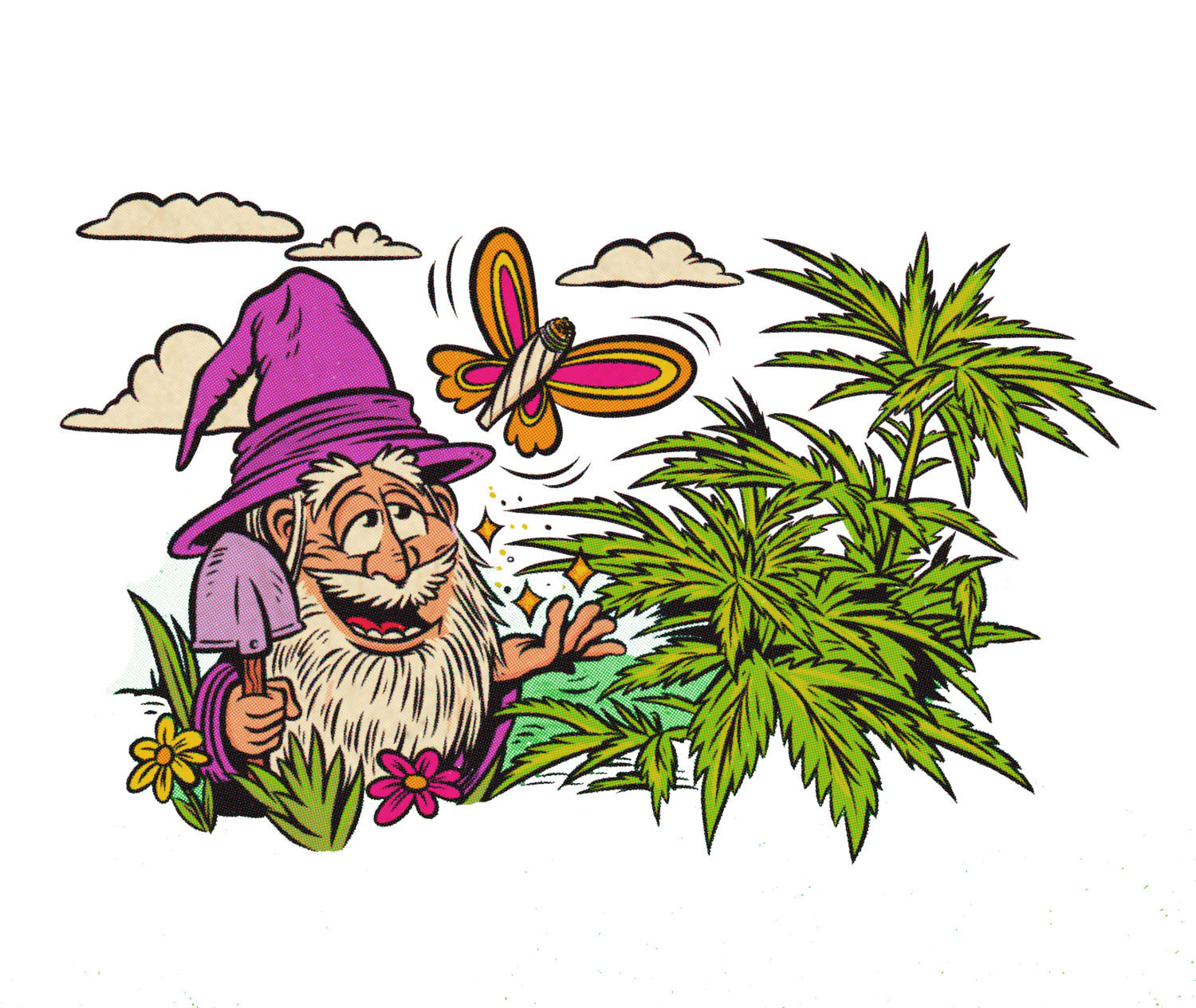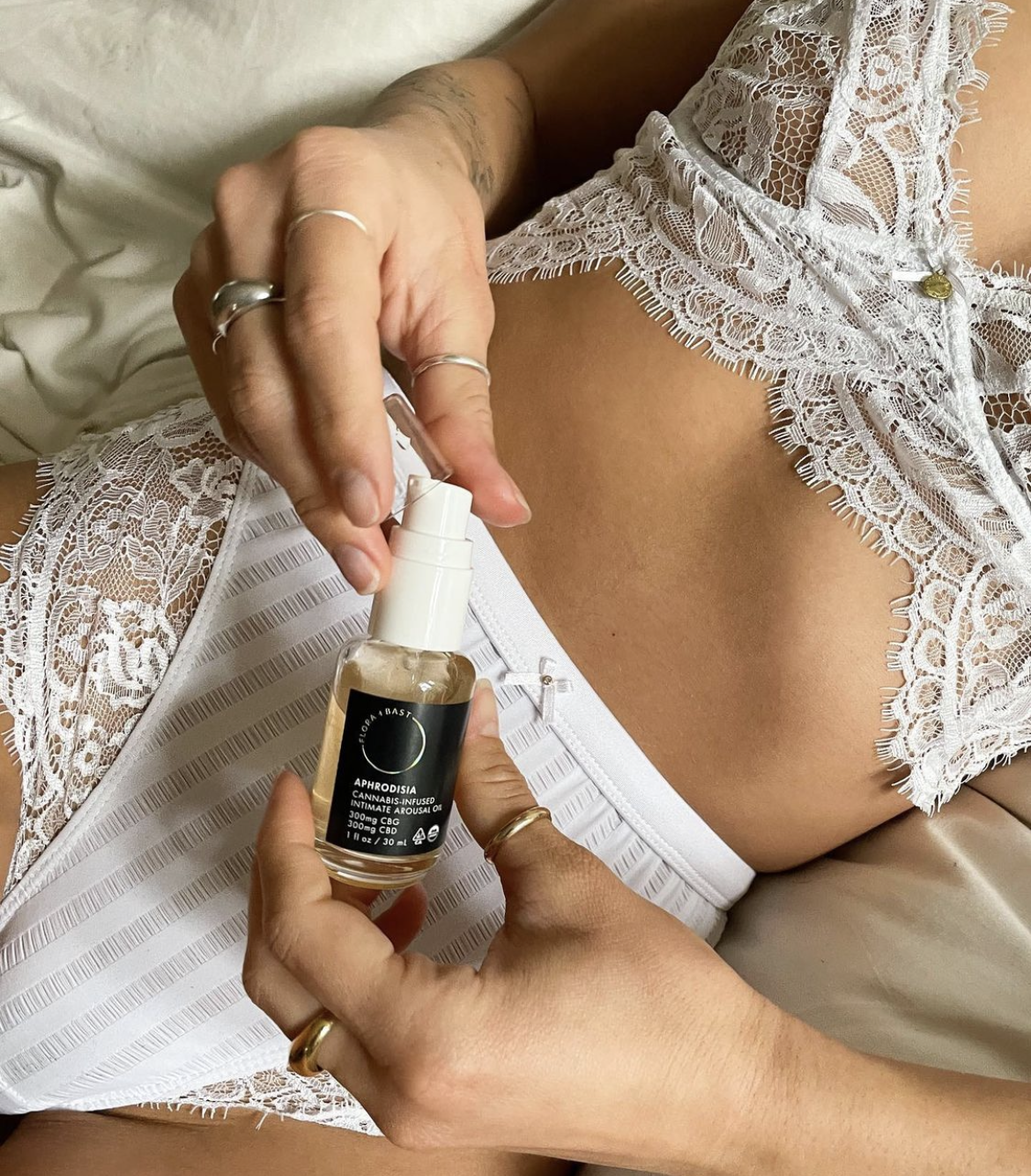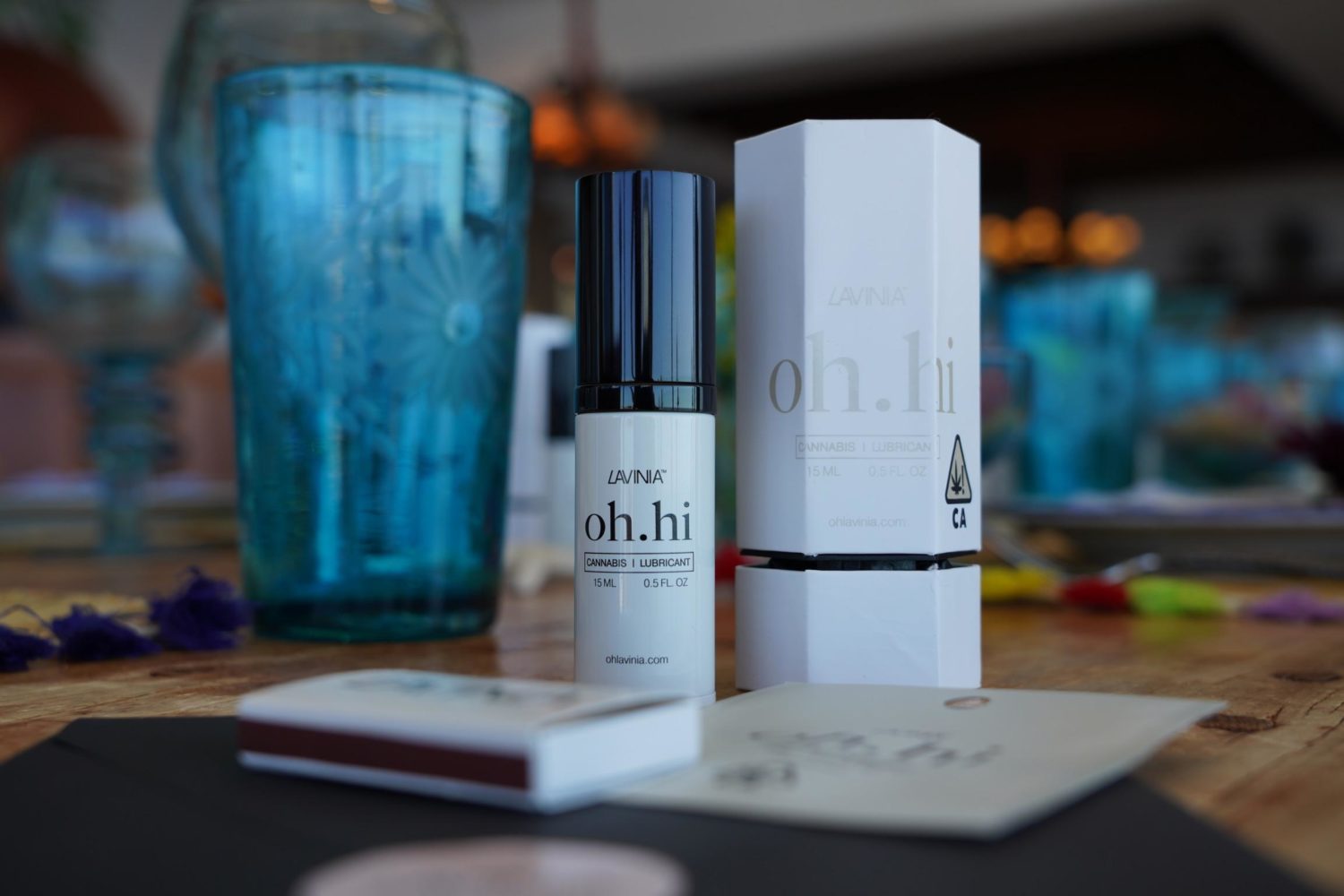WOMEN IN CANNABIS REMEMBER BROWNIE MARY
Photo: Molly Keesling WOMEN IN CANNABIS REMEMBER BROWNIE MARY For this week’s Women in Business issue, we reached out to the ladies of the cannabis industry to see what Mary Jane Rathbun, more famously known as Brownie Mary, means to them. While Brownie Mary was most famously an activist providing thousands of brownies for San…
 Photo: Molly Keesling
Photo: Molly Keesling
WOMEN IN CANNABIS REMEMBER BROWNIE MARY
For this week’s Women in Business issue, we reached out to the ladies of the cannabis industry to see what Mary Jane Rathbun, more famously known as Brownie Mary, means to them.
While Brownie Mary was most famously an activist providing thousands of brownies for San Francisco’s AIDS community in the 1980s and 1990s, it is important not to disenfranchise the fact she was one of the early female entrepreneurs of the game, too. After decades as a waitress, she started selling brownies in the 1970s to make an extra buck. She would go on to help a lot of people, too, but for the sake of this piece we were celebrating the business side of things.
These days, Lauren McNaughton is the director of brand marketing for Kiva and Lost Farms. In a past life, she helped build one of the largest infused baked goods companies California will ever see, Korova. McNaughton spent the tail end of the 215 era delivering boxes of cookies and brownies out of her trunk and being the boots on the ground for arguably the most bang-for-the-buck edible company ever in California.
“She was a beacon of compassion, activism and heroism,” McNaughton said of Brownie Mary. “Foundational to Prop 215, Brownie Mary represents the entirety of what built this “industry.” Compassionate care, not for profit. Not to mention the roads she paved for women in the industry. What an incredible influence to help guide us on this ever-changing landscape. And don’t get me started on what she meant to me when the beginning of my cannabis career was literally serving up brownies out of the trunk of my car.”
Cara Cordoni is the host of Dirty Bong Talk. She was also very connected with many of Rathbun’s surviving friends before she made the move to Humboldt from San Francisco. She spent countless hours with Brownie Mary’s peers from the fight for Proposition 215.
“Loudmouth for love, that’s one way I think about Mary Rathburn,” Cordoni said. “I love that she swore like a sailor! And my heart always aches when I think about her losing her only child, and then years later calling all her patients ‘her kids,’ mostly young men dying with AIDS, many of whom had been abandoned by their families. Compassion in action.”
Cordoni noted that as much as we celebrate Brownie Mary and as much as she was respected during her life, her end days sounded sad.
“The last bit that haunts me, and I’d be curious to find out if it’s true, is that it’s widely understood that she actually died alone. That she ended up in the hospital and her friends didn’t know. I hope that is not factual.” Cordoni said,
Jeany Zhou, the buyer and assistant manager at Berner’s on Haight, noted the San Francisco and then wider industry adopted her idea of compassion at The Hemp Center and donated cannabis to those who needed it.
Zhou went on to note, “The Brownie Mary Democrat Club is very active in the community and best represents her name; lobbying for safe cannabis access, shaping cannabis regulations, and educating the importance of cannabis and its properties.”
One of the greatest honors she has had since her passing was having the restoration of compassion programs in the age of legalization. The Dennis Peron and Brownie Mary Act was signed by Governor Gavin Newsom in 2019. It created a mechanism for dispensaries to legally give away product to sick people without having to pay a bunch of extra taxes.
The act has now facilitated millions of dollars worth of medicine being distributed to California’s low-income population that need help affording it in the years since it passed.

